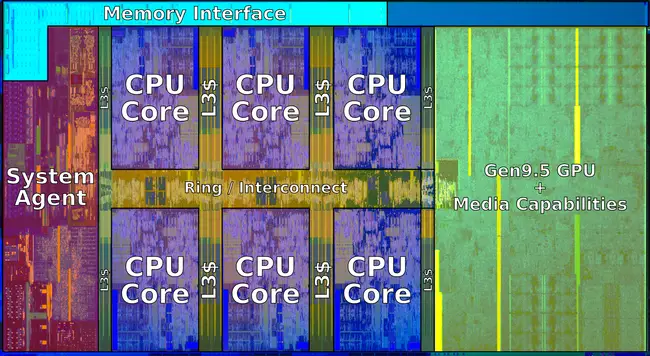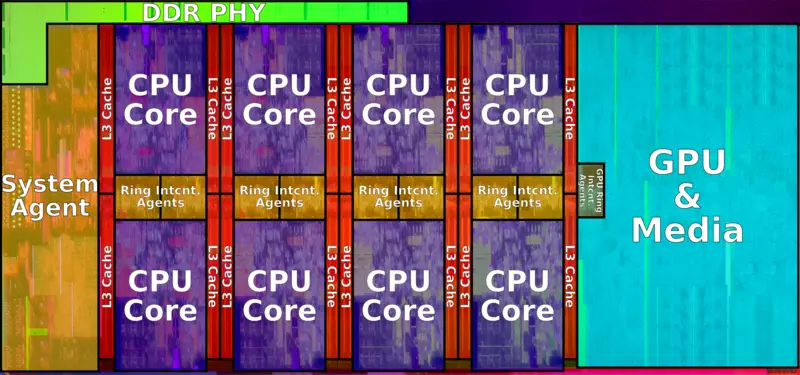I don't. Die area costs money so it doesn't make sense for any part that isn't being specifically downgraded to hit a market niche. You have a CPU that could be sold fully enabled for a higher price, and few people would be inclined to upgrade in the first place, so you'd have to charge so much for an individual upgrade to make up for the lost profits that it wouldn't make sense for anyone to upgrade, or so much more for the initial purchase that it looks really bad compared to its competitors.
A $200 Pentium with the $1000 option to upgrade it to an i9 looks pretty bad compared to an i5.
I disagree. Look at the bigger picture.
It costs Intel $50 to fab, test, and package a CPU, let's just say. (I've heard estimates around that.)
You might say, why does Intel sell some CPUs for less than that? It's down to market-share, and ASPs.
I don't know if Intel sells low-end at a loss, but look at it this way. If it costs Intel $50 to make, regardless, then if they sell the base model at cost, effectively, and require DLC for each tier above that, and assuming that 75% of people upgrade (admittedly a high and arbitrary number), whereas, only 50% of the people would have purchased the top-end chip outright, then, isn't that a "win" for ASPs over the lifetime of those CPUs?
It could be a product differentiator too. Instead of people telling other people, that Intel platforms are inherently "dead sockets", due to lack of upgradeability, they could instead speak of Intel CPU's "easy Level-Up capability". (Software-based microcode updates to enable more functionality.)
This might also be a somewhat savings for Intel and their distributors, and especially the branded OEMs, because they wouldn't have to stock a ton of different CPUs. Just one or so for each generation.
In fact, if there were no physical socket upgrades per platform release, Intel could do away with the socket entirely. I know that they've toyed with this idea as well.
Edit: You might say, what about overclockability, and burning out chips, and replaceability. Well, there would still be HEDT for that. I could see consumer Intel platforms, moving to BGA-only, software upgradeable, and limited packaging and test options, and HEDT for the real enthusiasts, socketed, overclockable, good VRMs/heatsinks, the works.
All while mainstream Intel platforms, would become roughly plain-vanilla, same mainboard, same CPU, etc., for all of the OEMs, mfg'd at large-scale, and soft-upgradeable, with integrated cooling and whatnot. No overclocking on consumer platforms anymore. Just Stable, Stable, Stable, for businesses and schools, and instead of replacing the whole PC after three years, simply do a "soft upgrade" on the CPUs. By them, OEM desktops should be using SSDs too, which generally-speaking, last and last and last, unless you have a power glitch or the controller somehow randomly barfs.




